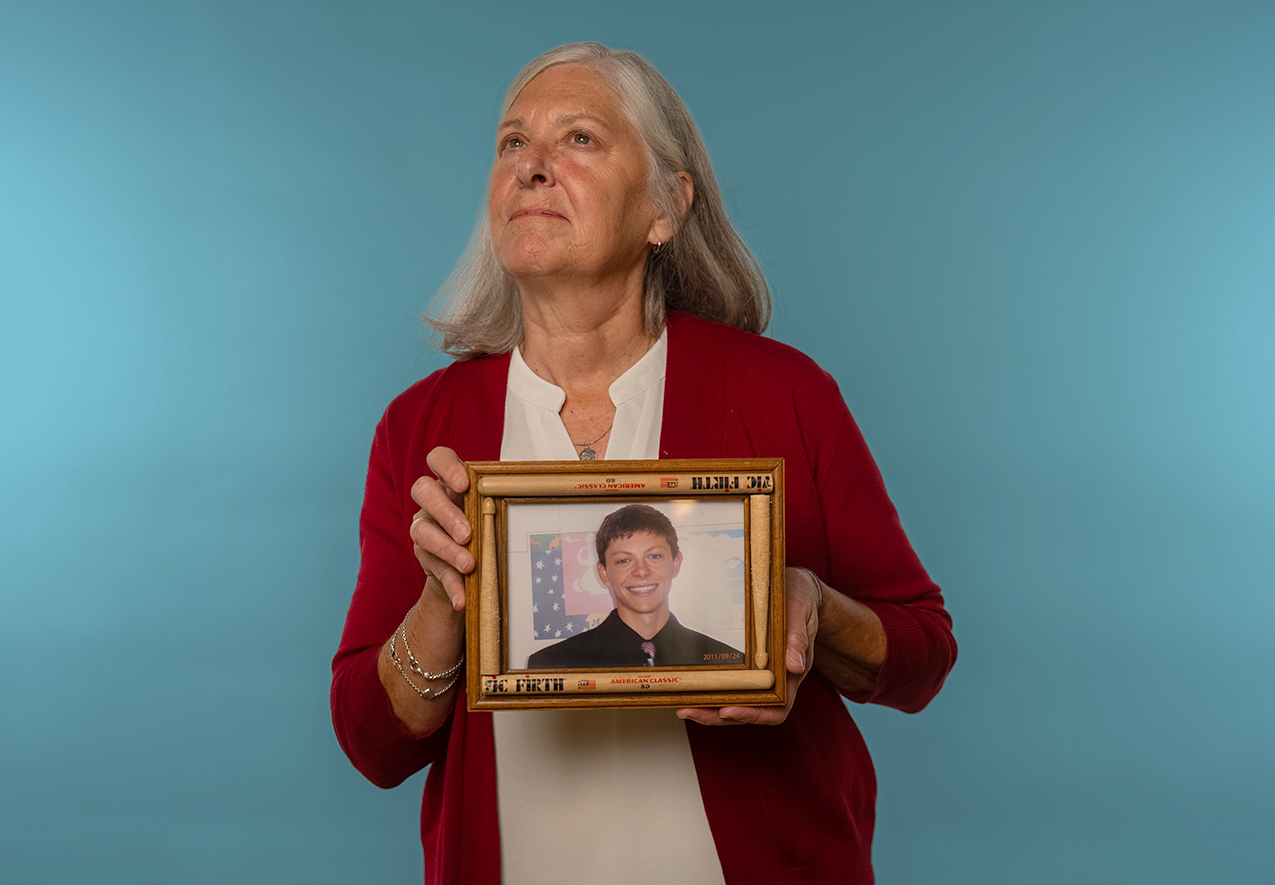By Chad Spangler, Director of Community Engagement
Disclaimer: Medical information is not medical advice—read our disclaimer.
A corneal transplant is more than a medical procedure—it’s a journey toward restored sight. Understanding what happens before, during and after surgery begins with knowing how the cornea works and why it matters.
Through the generosity of donors, the skill of surgeons and the dedication of organizations like Eversight, thousands of people each year have the chance to see clearly again.
What the cornea does
The cornea is the eye’s clear front window. It bends light so you can see clearly. When it becomes scarred, swollen or diseased, vision can blur or dim.
In these cases, a surgeon may replace the damaged part with healthy donor tissue from an eye donor. Corneal transplantation is a common and successful procedure that can restore sight for many people.
Where donor tissue comes from
The miraculous gift of sight begins when someone makes the selfless decision to register as an eye, organ and tissue donor. Every transplant starts with a generous donor and a family who said "yes" to donation.
Register as a donor and tell your loved ones about your wishes.
Eye banks coordinate the recovery of corneal tissue, evaluate it for safety and quality, then provide the right tissue to the right surgeon. Eversight carries out this work every day, so donor wishes are honored and patients get the care they need.
That gift leaves a lasting impact on cornea recipients and the field of vision research worldwide. Follow the journey from donation to transplantation and experience the life-changing impact in this video.
Who might need a transplant
Ophthalmologists recommend corneal transplantation for several conditions, including corneal swelling from endothelial disease like Fuchs dystrophy, scarring from injury or infection, or other disorders that affect clarity.
Your medical provider will explain why a transplant may be the best option for your situation, and what to expect ahead of surgery.
Types of corneal transplant
Corneal surgeons choose the technique that fits the problem and the part of the cornea that needs help.
- Full‑thickness transplant (PK or PKP) replaces all layers of the cornea.
- Partial‑thickness transplants replace only the damaged layers. These include endothelial procedures like DMEK and DSAEK, which swap the thin inner layer that pumps fluid out of the cornea. Replacing only the diseased layer can speed healing for many patients.
Your provider will recommend the approach that gives you the best chance for restored sight.
How Eversight supports your care
Eversight provides safe, high‑quality donor corneal tissue tailored to your surgeon’s needs. We prepare tissue for PK, DSAEK and DMEK and manage the logistics so surgery can happen on time.
Eversight holds itself to the highest standards, and we are proud to participate in reviews by the Eye Bank Association of America, the nationally recognized accrediting body for eye banks, and the Food & Drug Administration. View our licenses & certifications.
We also offer charitable tissue and global aid programs to surgeons so they can help patients access care when cost or geography is a barrier.
Before surgery
You’ll meet with your care team to review the plan and ask questions. Your surgeon will discuss all aspects of the surgery, anesthesia, medications and restrictions with you prior to the procedure.
Follow any instructions from your provider in the days before surgery. Trusted patient pages from the National Eye Institute and the American Academy of Ophthalmology offer helpful overviews if you want to read more.
Day of surgery
Most corneal transplants are performed in outpatient surgical settings. There are many anesthesia options available, and your surgeon will discuss them with you prior to surgery.
After surgery, your care team will schedule your first follow‑up visit and provide recovery instructions so you can take care of your new cornea.
Recovery basics
Healing is a process. Your plan will be tailored to you, but most patients can expect:
- Eye drops to control inflammation and protect the graft, often for many months
- A protective eye shield at night early in recovery
- Activity limits to protect the eye until your surgeon clears you
- Follow-up visits that start frequent, then spread out over time
When to call your doctor
Your surgeon will discuss with you the various symptoms that necessitate calling them, but if at any time you have concerns about the transplant or the progress of recovery, you should contact your ophthalmic team.
Honoring the gift of sight
A corneal transplant is possible because someone chose to help others through their selfless gift of eye donation. Eversight offers resources for donor families and helps coordinate letters between donor families and recipients when both wish to connect.
Many patients find that understanding this human connection deepens their commitment to good self‑care after surgery. Consider sharing your story with us, writing to your donor family or making a tribute to your donor.
How Eversight bridges the understanding gap
- Clear information for patients, families and the community about donation and transplantation
- Reliable tissue prepared to surgeon specifications, so people receive the right care
- Access programs that reduce or waive fees for uninsured U.S. patients and supply tissue for surgeons providing care in communities with limited access
- Ongoing support for donor families through tributes, correspondence options, grief support and resource guides
The bottom line
Corneal transplantation helps many people see clearly again. With good education, strong follow‑up and support for the cycle of sight, patients can move through surgery with confidence and protect their vision for years to come.
Ready to support this important work? Make a gift to Eversight to change lives today.



